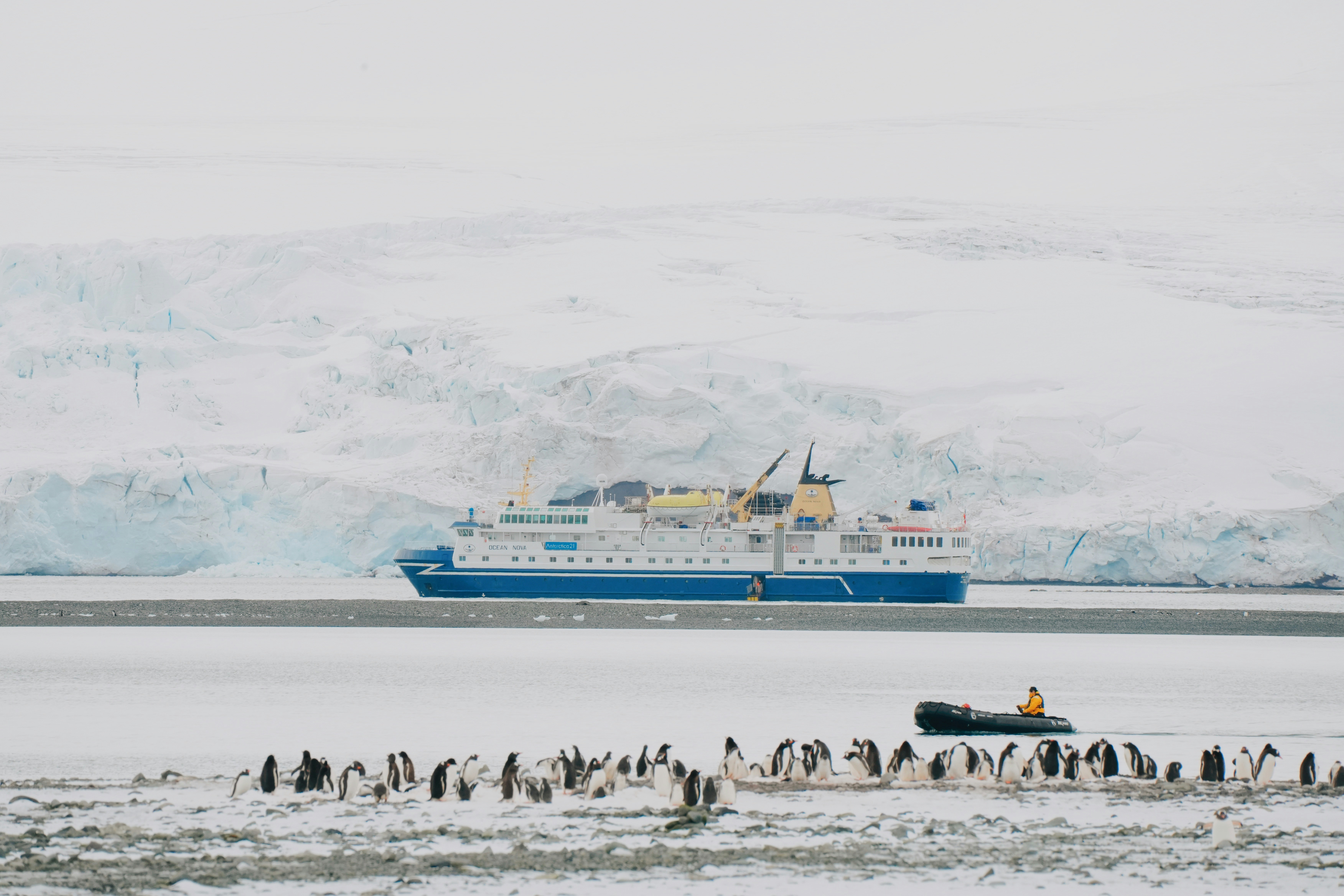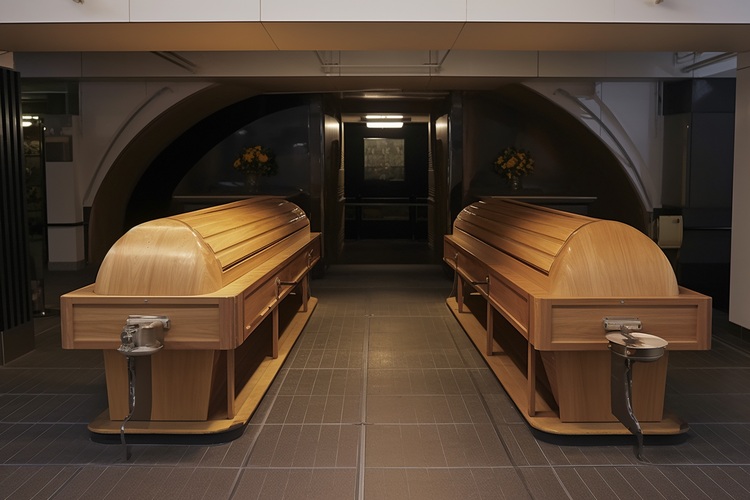Affordable Antarctica Cruises for Seniors: A Guide
Antarctica’s breathtaking landscapes and unique wildlife draw seniors seeking both adventure and comfort. Affordable cruises tailored for seniors offer a balance of luxury and economy, featuring educational excursions and early bird savings. Understanding cruise options and planning ahead enables a fulfilling and budget-friendly exploration of this remote and pristine continent.

Benefits of Booking an Antarctica Cruise
Antarctica cruises offer seniors unique advantages that land-based vacations simply cannot match. First, these voyages provide all-inclusive convenience with accommodations, meals, and transportation bundled together, eliminating the logistical challenges of planning multiple components separately. Additionally, ships serve as floating hotels, allowing travelers to unpack just once while visiting multiple locations across the Antarctic Peninsula.
Health considerations are another significant benefit. Most Antarctica cruise ships have medical facilities and staff onboard, providing peace of mind for seniors with health concerns. The controlled environment also means predictable meal times and opportunities to rest between excursions, which helps maintain energy levels throughout the journey.
Perhaps most importantly, these cruises offer unparalleled access to wildlife viewing. Passengers regularly encounter penguins, seals, whales, and numerous bird species in their natural habitat – experiences typically requiring strenuous hiking or camping when visiting other wilderness areas around the world.
Finding Affordable Deals on Antarctica Cruises
The key to securing an affordable Antarctica cruise lies in strategic timing and booking practices. Early bird specials, often released 12-18 months in advance, can yield savings of 15-30% off standard rates. Conversely, last-minute bookings (2-3 months before departure) sometimes offer substantial discounts as operators aim to fill remaining cabins.
Shoulder season travel presents another opportunity for savings. Cruises in November (early season) and March (late season) typically cost less than peak season voyages (December-February), yet still provide excellent wildlife viewing opportunities and acceptable weather conditions. November offers pristine snow landscapes and penguin courtship behaviors, while March features whale sightings and newly hatched penguin chicks.
Cabin selection significantly impacts pricing as well. Interior cabins without windows cost substantially less than those with ocean views or balconies. For seniors who plan to spend most of their time in common areas and on deck during scenic cruising, an interior cabin represents a practical way to experience Antarctica without the premium price.
Considerations for Senior Travelers
Antarctica’s remote location and challenging environment require careful preparation, especially for senior travelers. When selecting a cruise, prioritize ships with elevators between decks and accessible facilities. The Drake Passage crossing between South America and Antarctica can bring rough seas, so choosing a larger vessel (10,000+ tons) typically provides greater stability and comfort.
Medical preparation is essential. Most cruise operators require health screenings before boarding, so consult with your physician well in advance. Pack adequate prescription medications plus extras in case of delays. Given Antarctica’s distance from major hospitals, consider purchasing comprehensive travel insurance that includes emergency evacuation coverage.
Physical mobility requirements vary by cruise line. While some excursions involve climbing in and out of Zodiac boats and walking across uneven terrain, many operators now offer “less active” excursion options. Some ships even provide special accessibility programs for those with limited mobility, including wheelchair-accessible Zodiacs and staff assistance during landings.
Exploring Beyond Tourism: Educational Opportunities
Antarctica cruises offer more than just sightseeing – they provide rich educational experiences particularly valued by senior travelers. Most ships include naturalists, historians, and scientists who deliver engaging lectures about Antarctic ecosystems, climate research, and exploration history. These experts also accompany shore excursions, offering real-time insights about wildlife behavior and geological features.
Many cruise operators have formed partnerships with scientific institutions, creating “citizen science” opportunities where passengers assist with ongoing research projects. These might include monitoring whale populations, collecting water samples for microplastic analysis, or documenting penguin colony changes – meaningful activities that contribute to scientific understanding while enriching the travel experience.
Photography instruction represents another popular educational component. Professional photographers often join expedition teams, offering workshops and field guidance on capturing Antarctica’s dramatic landscapes and wildlife. These skills provide lasting value beyond the trip itself as travelers document their experiences for future generations.
Antarctica Cruise Costs and Options for Seniors
Despite Antarctica’s reputation as an expensive destination, various price points exist depending on cruise duration, ship type, and cabin category. Most Antarctica cruises fall into three distinct categories, each with different amenities and pricing structures.
| Cruise Type | Typical Duration | Price Range (per person) | Features for Seniors |
|---|---|---|---|
| Expedition | 10-12 days | $6,000-$12,000 | Scientific focus, active landings, smaller ships (50-200 passengers) |
| Luxury Expedition | 11-15 days | $12,000-$25,000 | Premium amenities, spacious cabins, enhanced dining, stabilizers for comfort |
| Cruise-Only | 14-23 days | $4,000-$8,000 | No landings, viewing from ship only, larger vessels with more entertainment options |
Prices, rates, or cost estimates mentioned in this article are based on the latest available information but may change over time. Independent research is advised before making financial decisions.
Senior-specific discounts are available through several operators. Companies like Hurtigruten, Quark Expeditions, and Silversea occasionally offer 5-10% reductions for travelers over 65 when booking directly. Travel agencies specializing in senior travel sometimes negotiate group rates that include additional perks like onboard credits or complimentary cabin upgrades.
Why You Should Learn More About Antarctica Cruises Today
Antarctica’s accessibility window is relatively brief, with the cruise season running just five months annually (November-March). The limited operational period means spaces fill quickly, particularly on smaller expedition vessels with optimal wildlife viewing opportunities. Beginning research 12-18 months before your intended travel date ensures the widest selection of itineraries and cabin categories.
Climate change considerations also make timely planning important. Antarctica’s ecosystems are experiencing rapid transformation, with glaciers retreating and wildlife patterns shifting. While conservation efforts aim to protect this pristine environment, the Antarctica of today differs from what future generations will experience.
Lastly, preparation enhances enjoyment. Antarctica presents unique photography challenges, requires specialized packing considerations, and benefits from pre-departure conditioning to maximize participation in excursions. Allowing adequate time for these preparations contributes significantly to trip satisfaction.
Antarctica represents a true once-in-a-lifetime destination that combines adventure, education, and natural beauty. With careful planning and strategic booking, this extraordinary experience remains accessible to seniors seeking to fulfill their travel aspirations without excessive financial burden.




